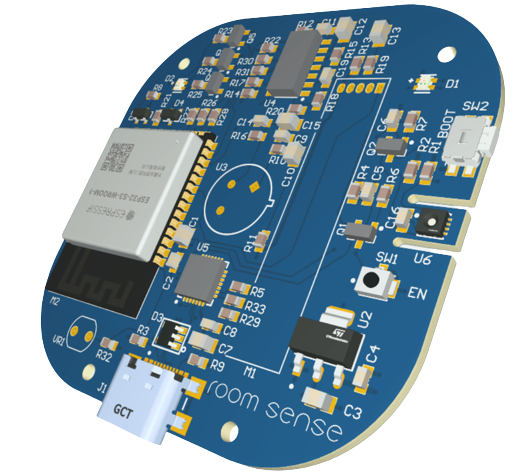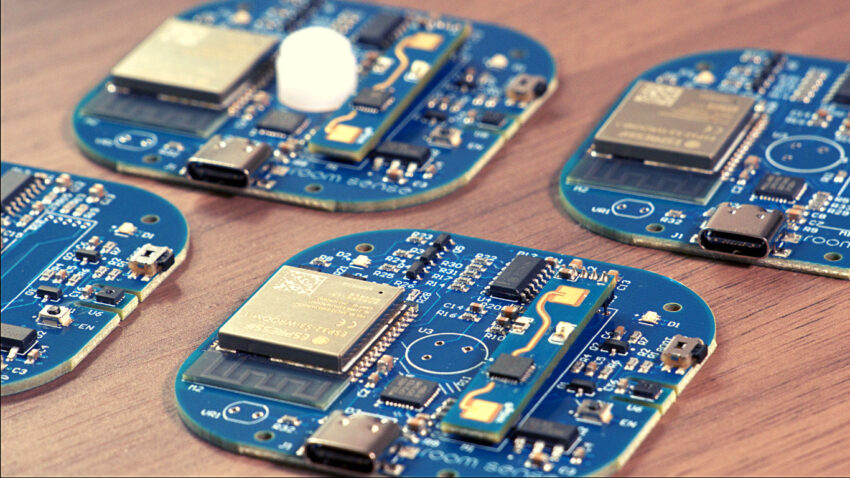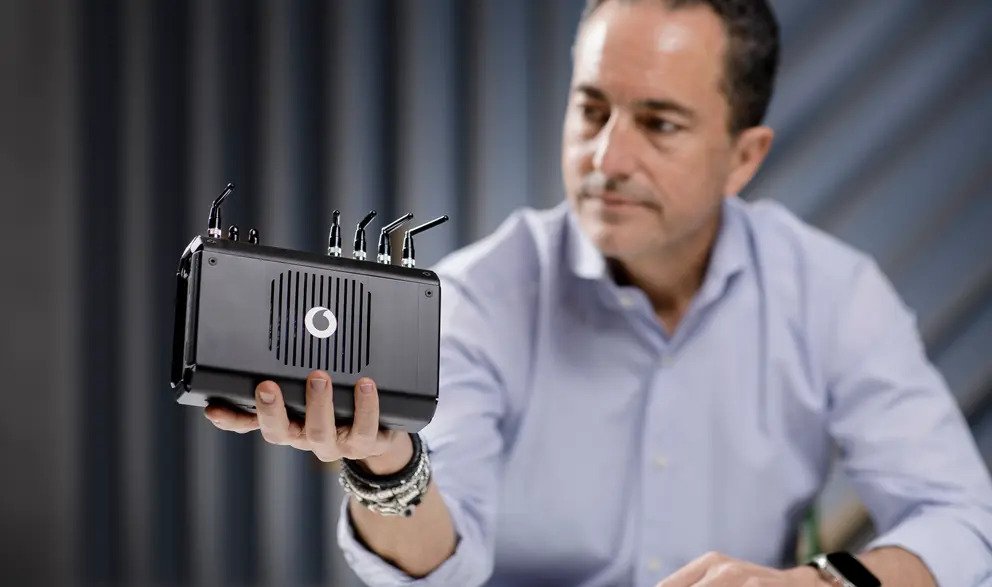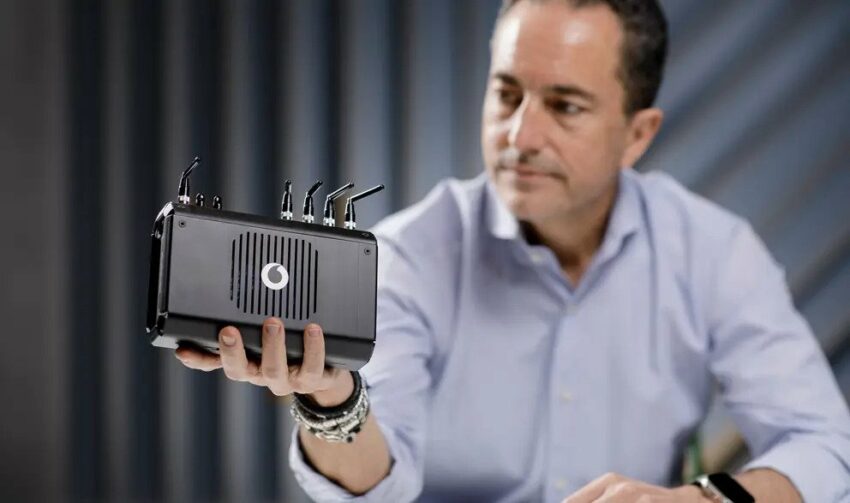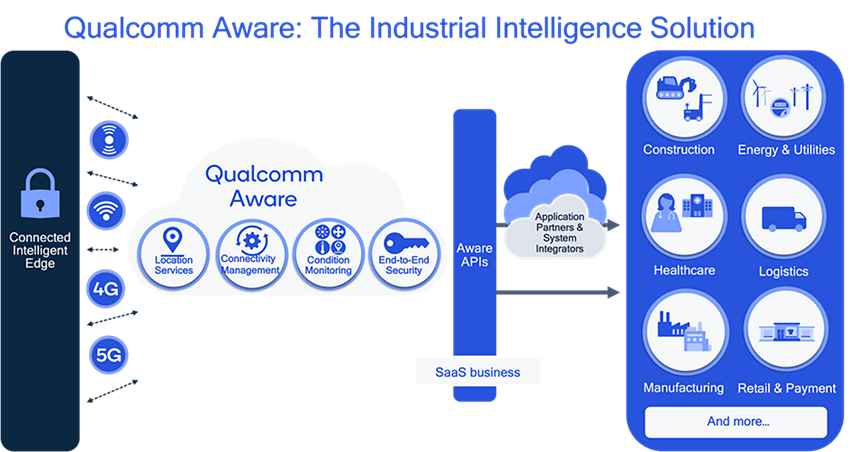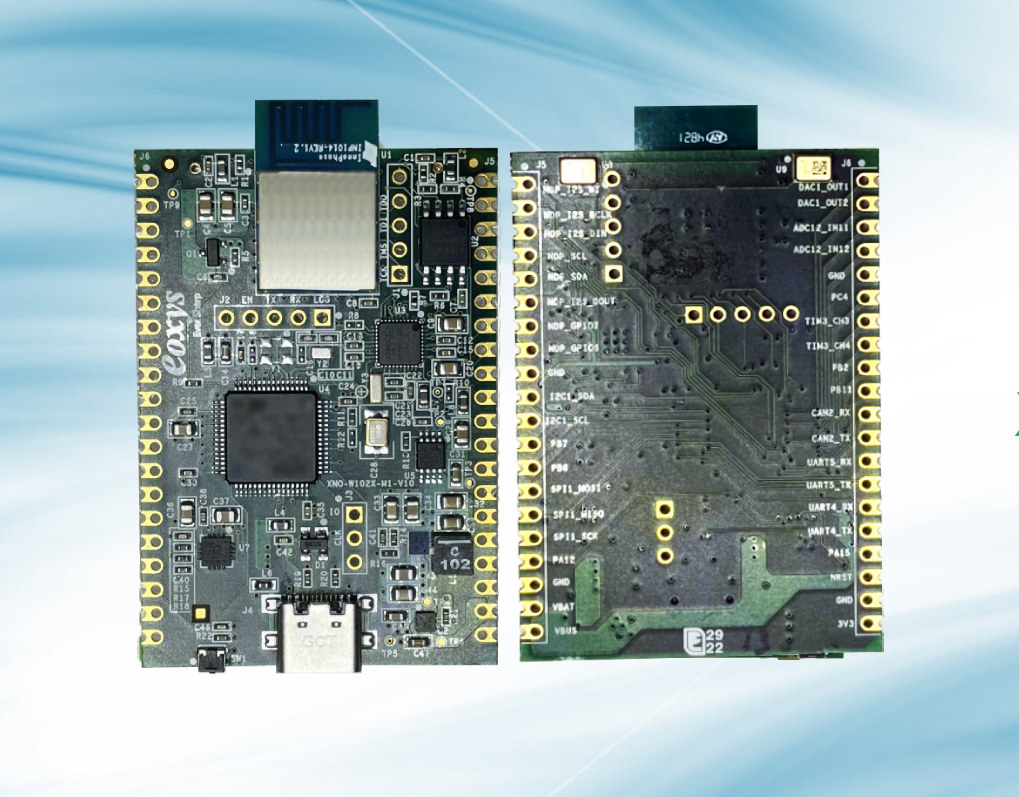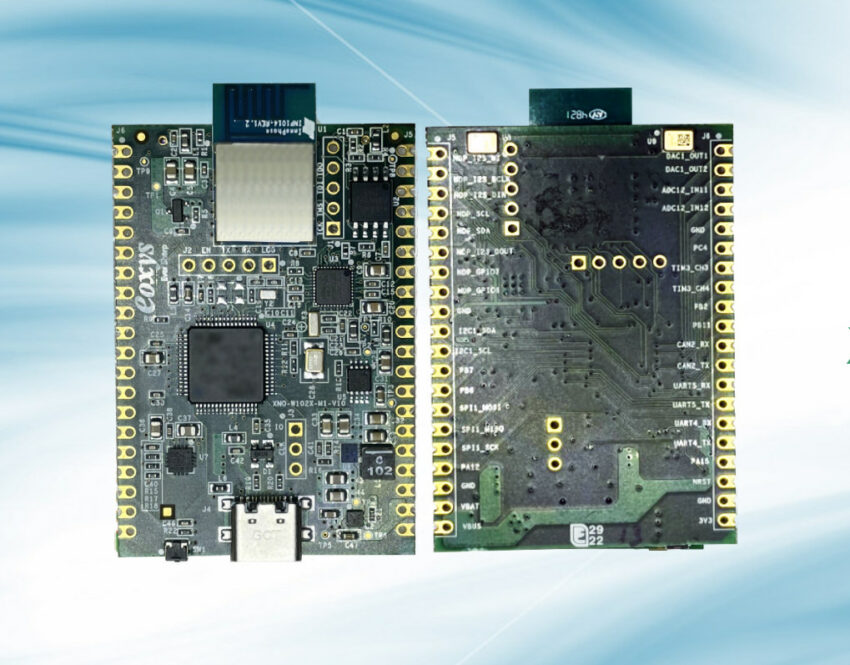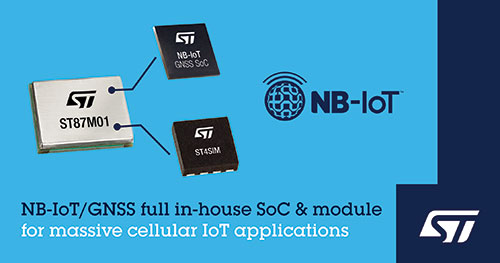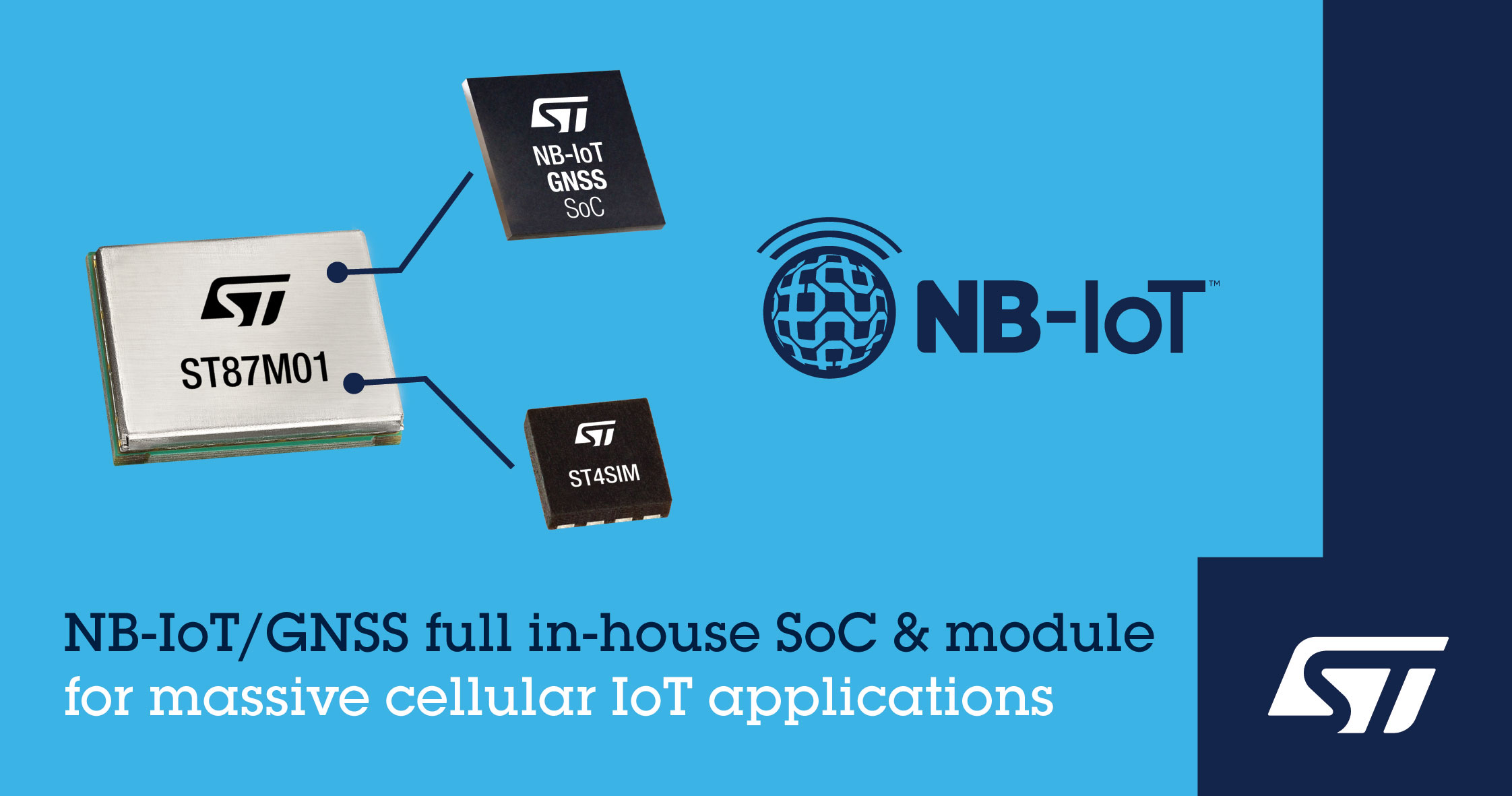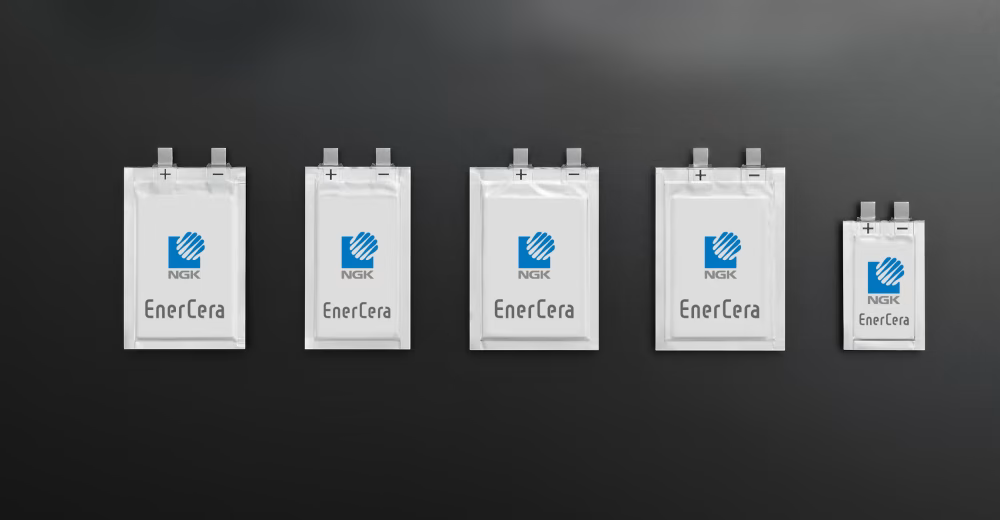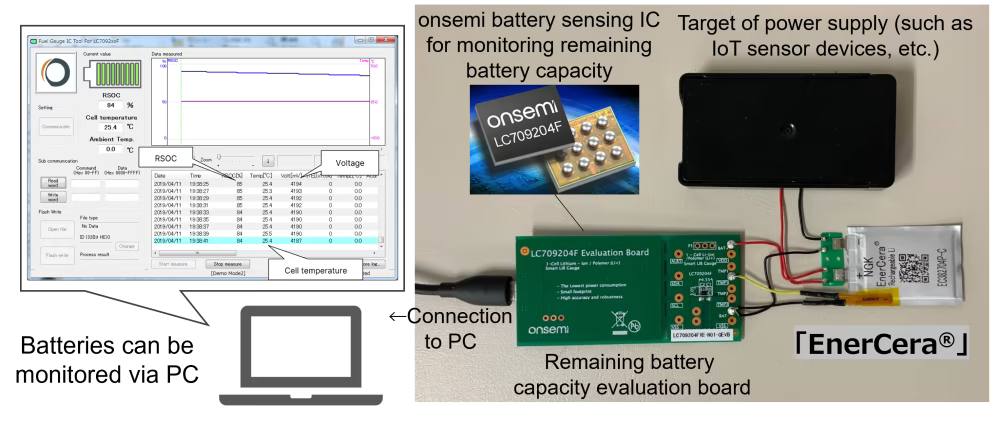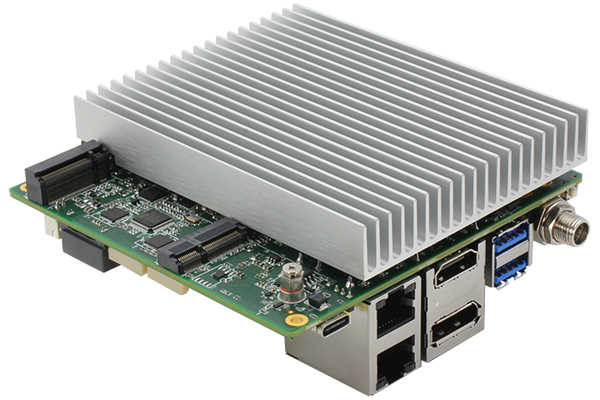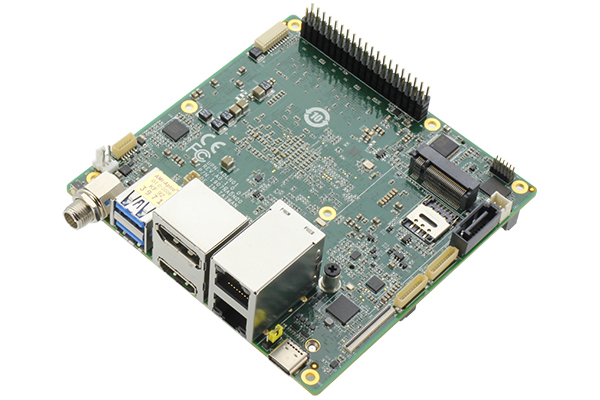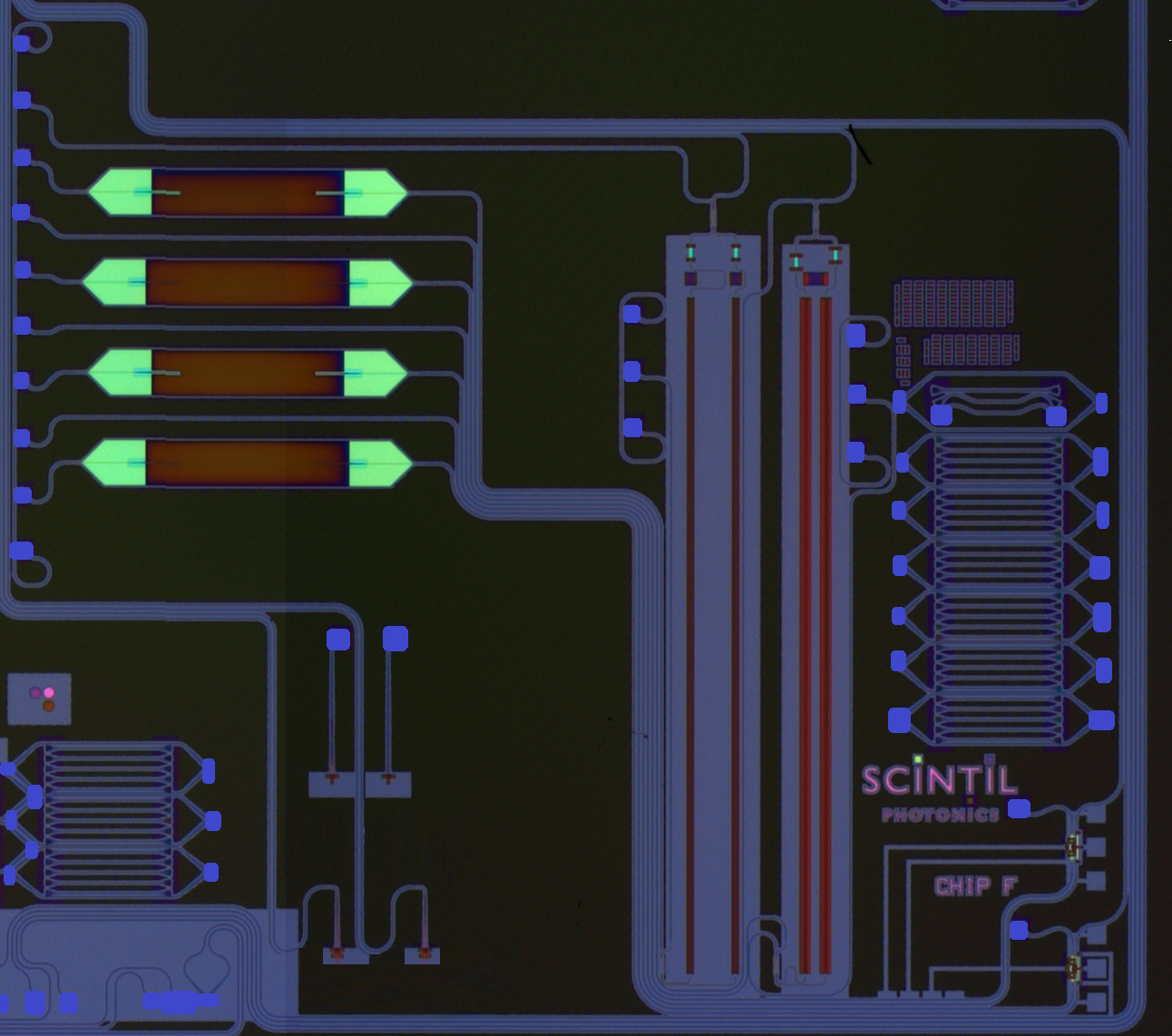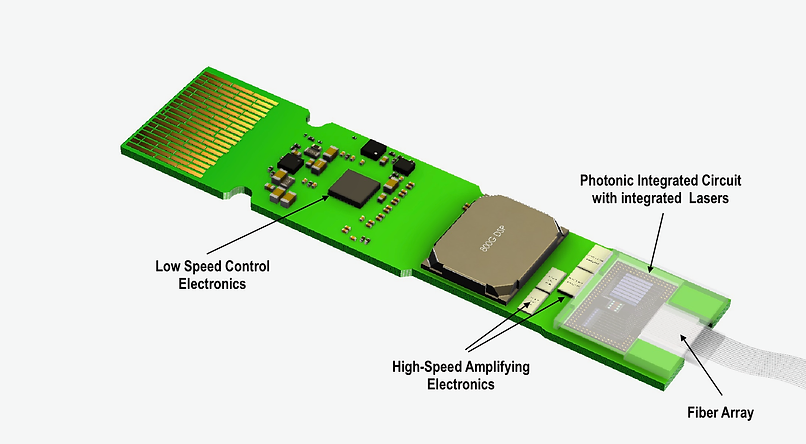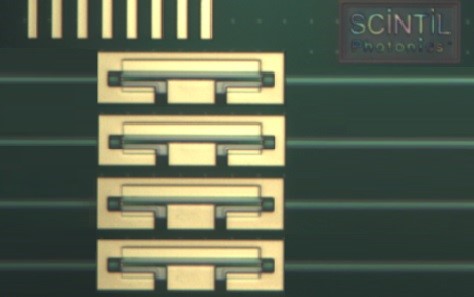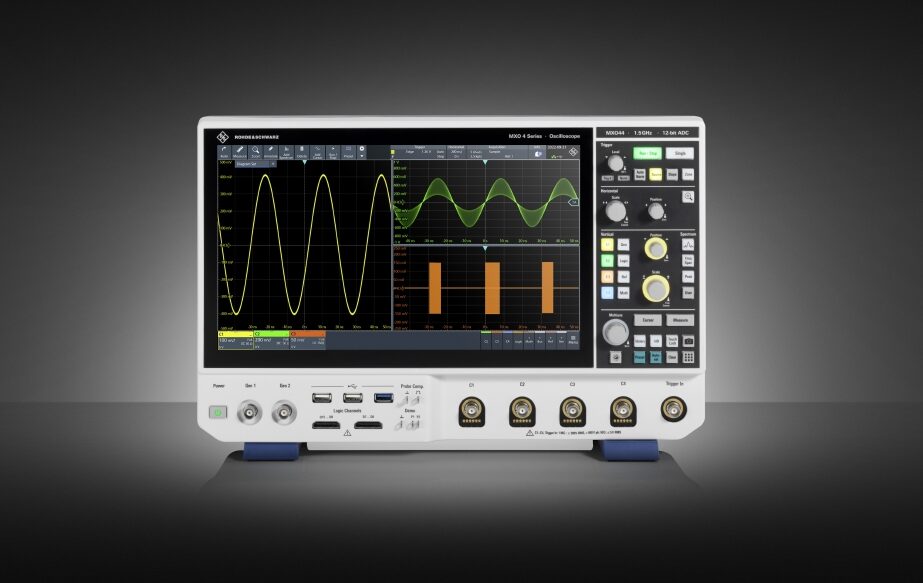
Embedded systems are at the core of today’s electronic devices, whether in consumer electronics, telecommunications, industrial, medical, automotive or aerospace applications. Flawless operation is crucial, and engineers face complex challenges when designing ever more compact embedded systems that meet today’s demands of efficiency, safety, reliability and interoperability. Rohde & Schwarz addresses these challenges with its wide-ranging test and measurement solutions showcased at the embedded world Exhibition & Conference 2023 in Nuremberg.
Rohde & Schwarz brings its latest test and measurement solutions for the embedded industry to embedded world Exhibition & Conference. At the company booth 4-218 in hall 4 of Nuremberg Exhibition Centre, visitors can learn straight from the experts about various testing aspects for embedded designs: such as testing digital design and interfaces, power electronics, electromagnetic compatibility, wireless connectivity and in-vehicle networks.
Next generation oscilloscope for accelerated insight
The Rohde & Schwarz booth spotlights the new R&S MXO 4 series, the first in a new generation of oscilloscopes. The four-channel oscilloscopes feature a brilliant 13.3” full-HD capacitive touchscreen, while delivering a number of industry firsts: The R&S MXO 4 has the fastest real-time update rate of 4.5 mil waveforms/s, letting development engineers see more signal details and infrequent events than with any other oscilloscope. The 12-bit ADC has 16 times the resolution of traditional 8-bit oscilloscopes at all sample rates. And a standard acquisition memory of 400 Mpoints on all four channels gives them 100 times the standard memory. At embedded world, visitors can experience the R&S MXO 4 first-hand in a serial protocol and decode setup, showcasing its new CAN XL trigger and decode capability.
Signal integrity test in high speed digital designs
High speed digital interfaces are at the core of electronic designs. Increasing data rates and growing integration density create new challenges for designs at the IC, board and system level. Trade show visitors can learn about powerful tools for system verification and debugging as well as compliance testing for signal integrity in interfaces, PCBs and interconnections. Demo setups at the Rohde & Schwarz booth include signal integrity interface testing featuring an advanced eye diagram, as well as high-speed digital interface compliance testing of a DDR4 design, both using the R&S RTP164B oscilloscope. A measurement of high-speed differential signal structures with accurate probe de-embedding is showcased using an R&S ZNB43 vector signal analyzer including probes and demo board.
Power electronics testing
The performance of power converters, stable and clean power rail signals, and qualified components within an embedded design are essential to reliable electronic devices. For instance, measuring the current consumption of battery-operated devices in all phases and during the transition from sleep to active modes is important for design engineers. To this end, Rohde & Schwarz demonstrates battery modelling and simulation with the R&S NGU source measure units from the R&S Essentials portfolio. Both R&S LCX200 LCR meters from Rohde & Schwarz and MFIA impedance analyzers from Zurich Instruments AG – a subsidiary since 2021 – showcase component characterization capabilities.
Detecting electromagnetic interference
Since all electronic controllers are prone to conducted or radiated electromagnetic emissions, many finished electronic products fail EMC compliance testing the first time. Every day spent debugging, isolating and correcting the EMI problem increases the time to market. As a leader in EMC testing, Rohde & Schwarz demonstrates solutions that integrate EMI testing into the product design process. Trade show visitors can learn how to use the R&S RTO6 oscilloscope as powerful tool for EMI debugging, or the R&S FPL1000 signal and spectrum analyzer for EMC pre-compliance testing.
Wireless connectivity testing
Many applications and devices such as wearables or IoT devices integrate embedded designs that feature wireless technology. The fast transition to Wi-Fi 7 supporting extreme high data rates and the advent of precise location and secure ranging applications powered by UWB, drives the demand for automated test solutions with extraordinary RF test capabilities for all phases of the product life cycle. Rohde & Schwarz will exhibit two tried-and-tested radio communication testers: The R&S CMP180 in a Wi-Fi 7 test setup showcasing IEEE 802.11be-compliant operation, and the R&S CMP200 for UWB Fira certification testing.
In-vehicle networks testing
ADAS, infotainment and 5G developments are driving up automotive data rates and have made Ethernet the de-facto technology for in-vehicle networks. However, as data rates increase, ensuring the performance and interoperability of cables and components becomes increasingly important. Testing against industry standards such as OPEN Alliance is critical for manufacturers before a product release. A multi-gigabit automotive Ethernet compliance testing setup featuring the R&S RTP oscilloscope will be on display at embedded world. Automotive customers will also find the latest Rohde & Schwarz solutions for battery testing and battery simulation, based on the company’s R&S NGM200 power supply series.
Visitors can find these and more test solutions at the Rohde & Schwarz booth 4-218 in hall 4 at the embedded world Exhibition & Conference from March 14 to 16, 2023, in Nuremberg.
For more information visit: https://www.rohde-schwarz.com/embedded-world


